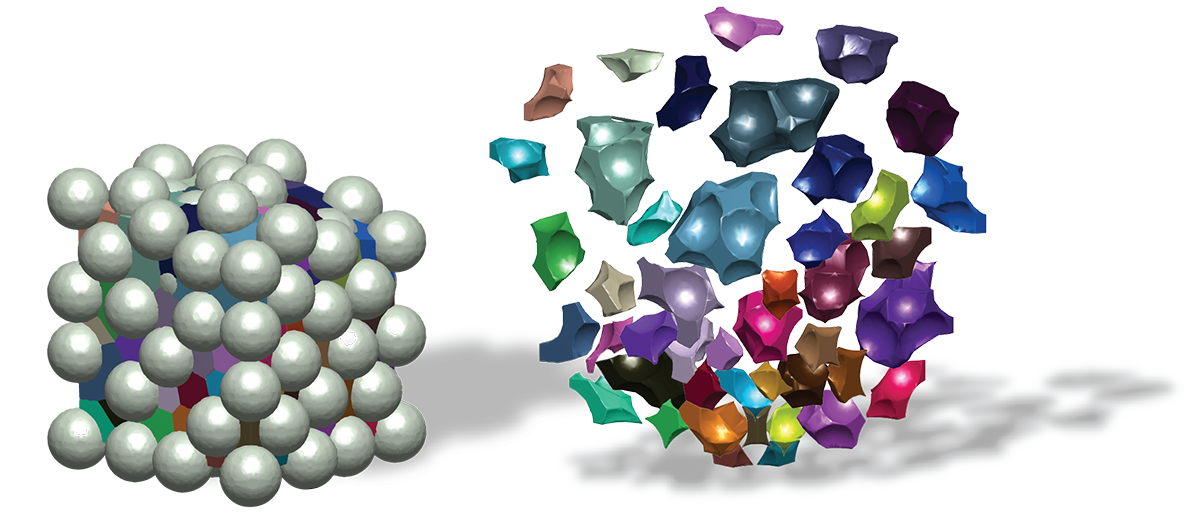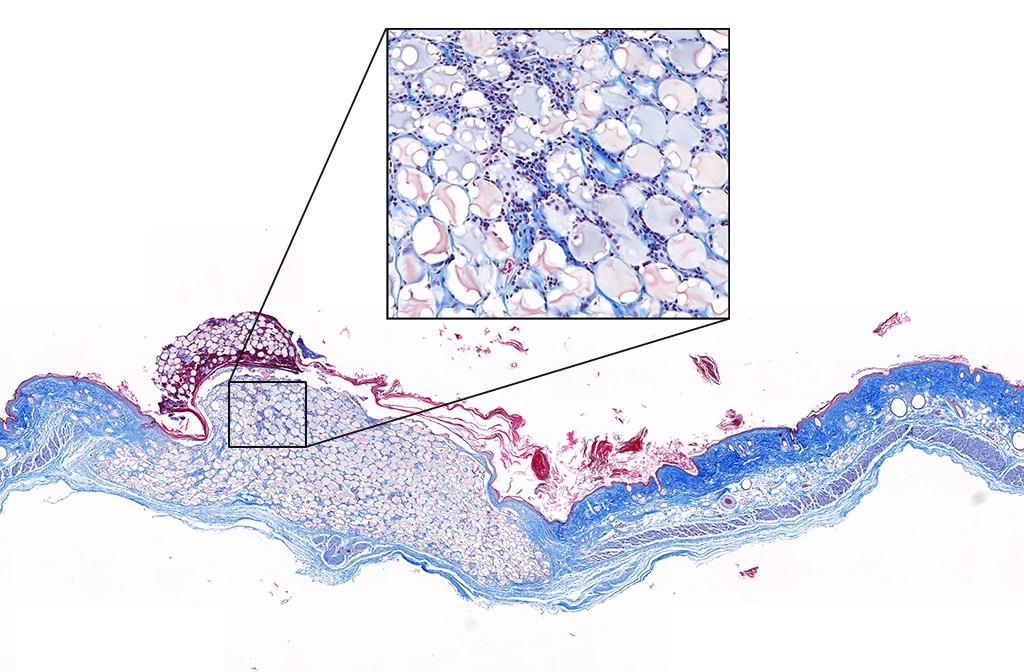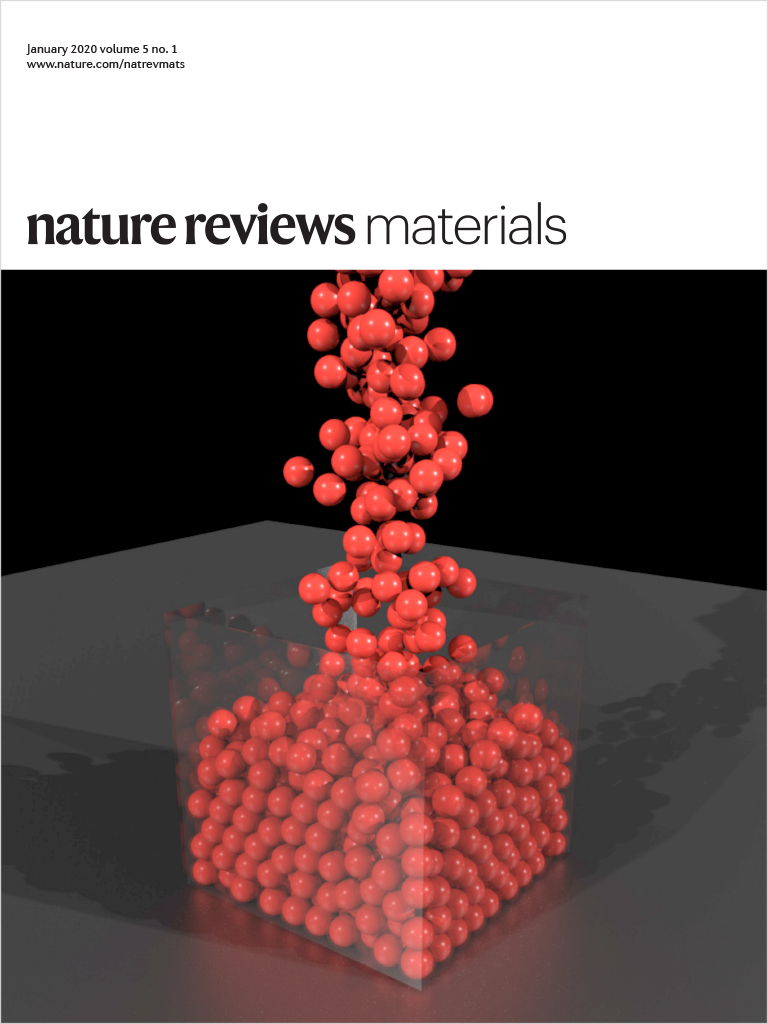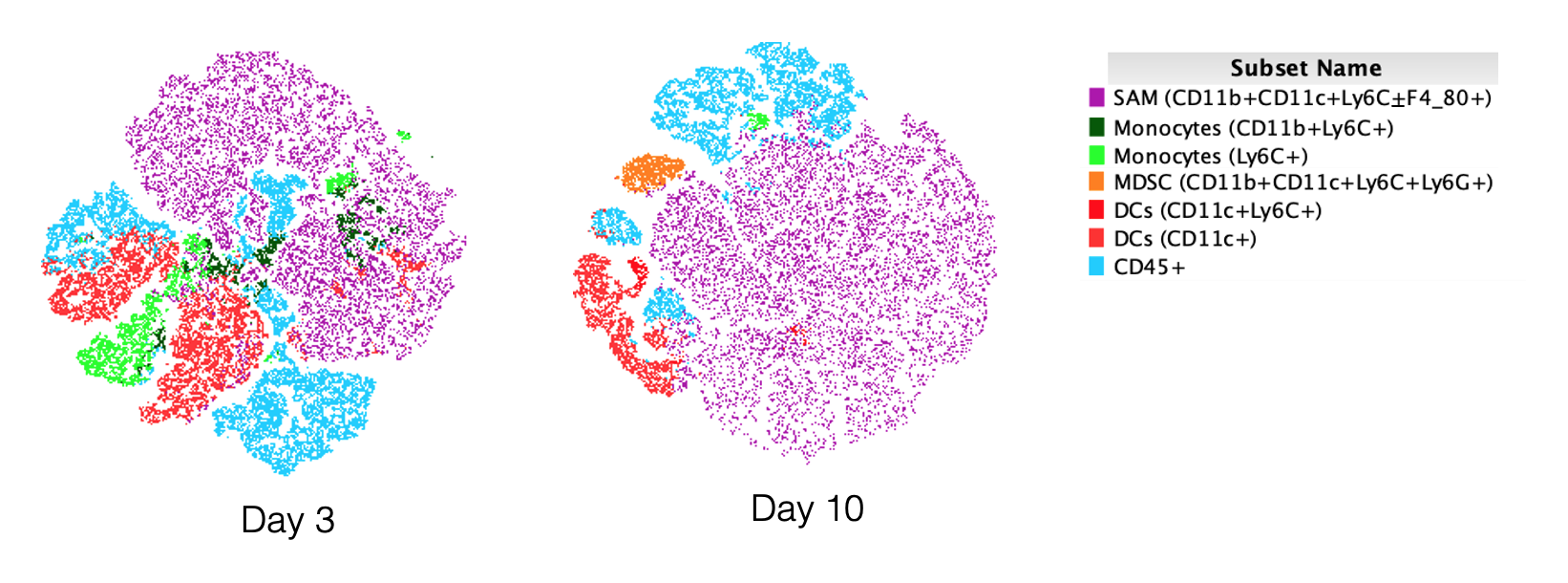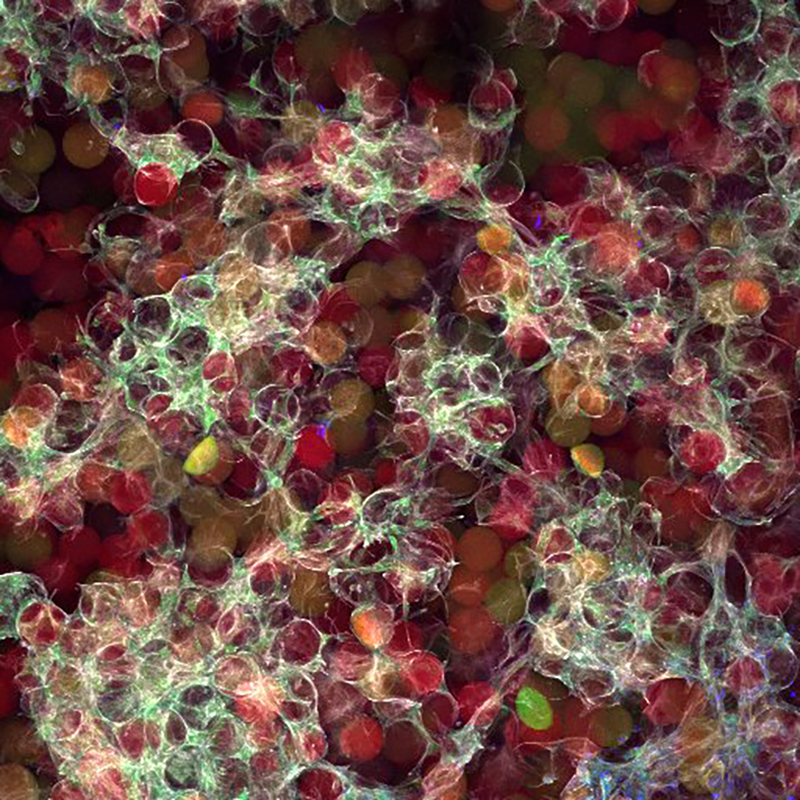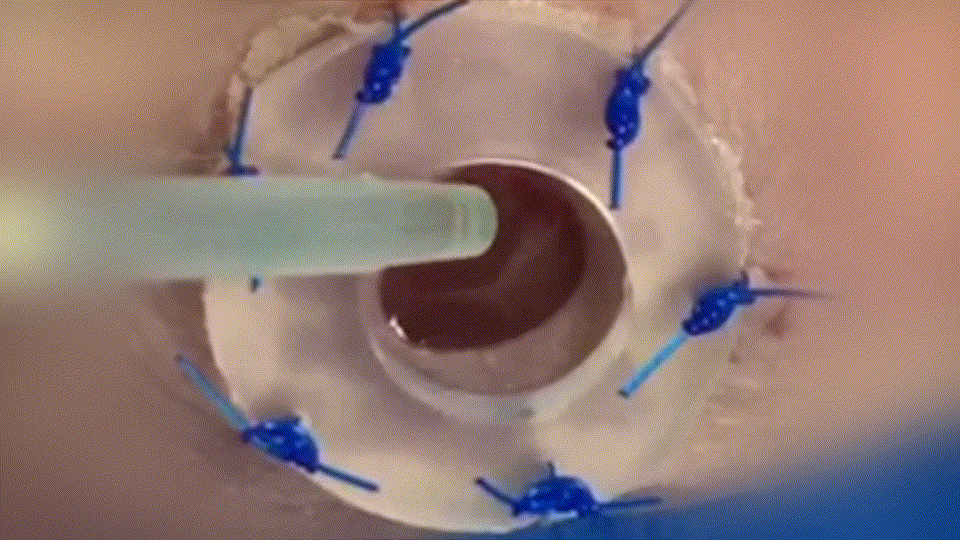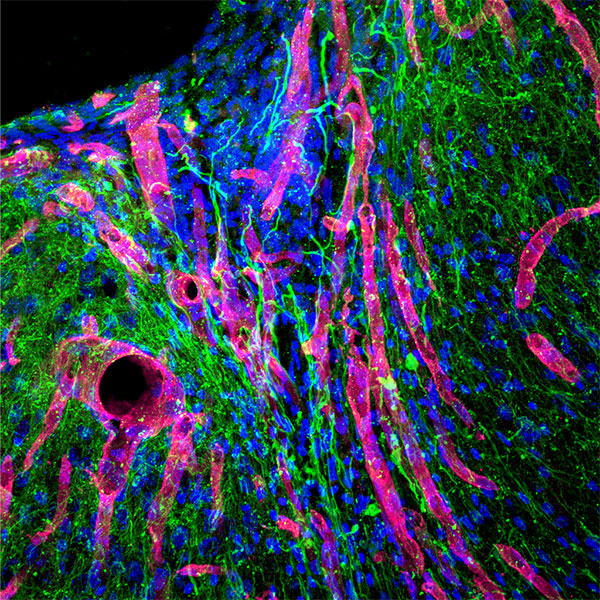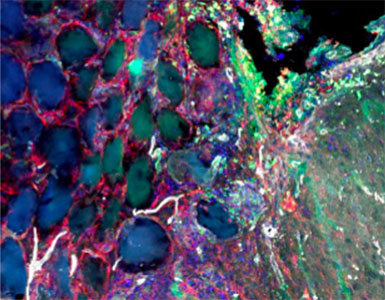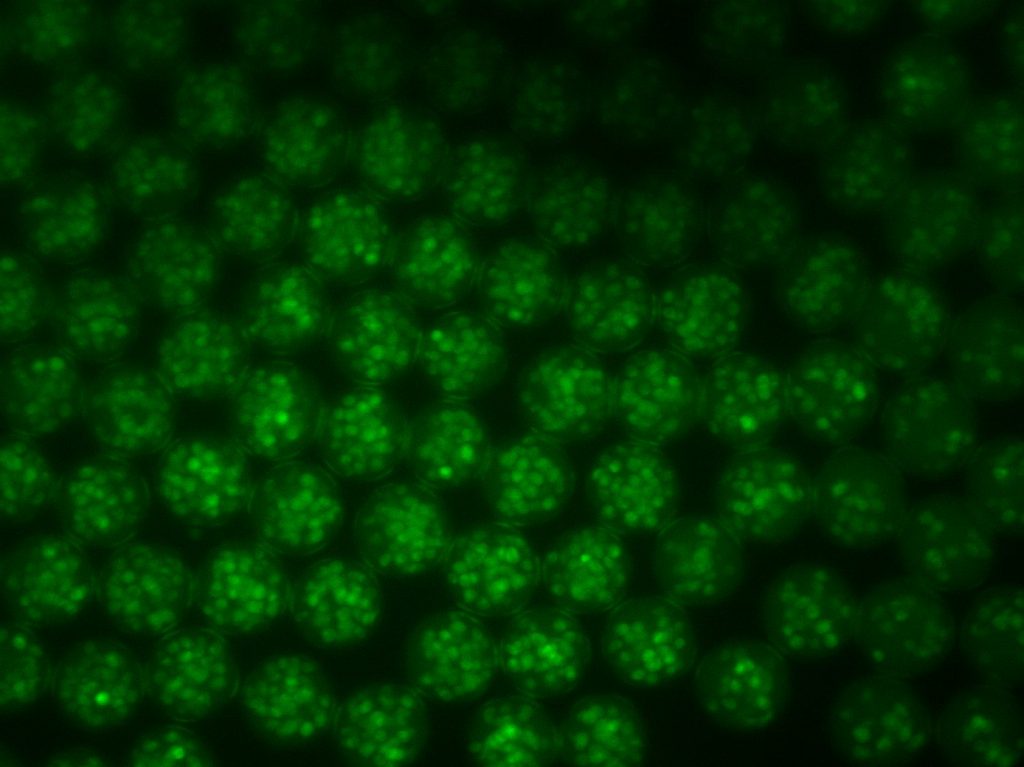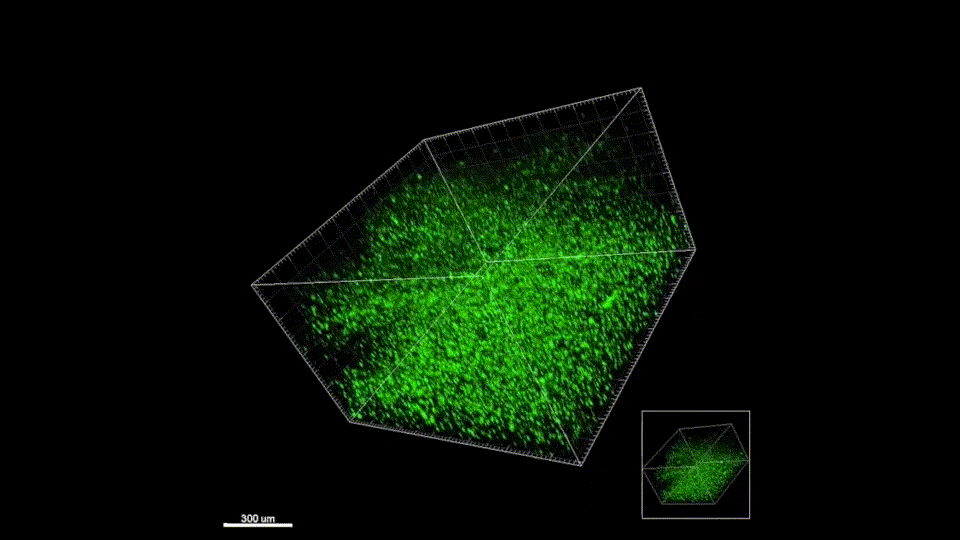Altmetric Score
Dimensions
Citation
The development of synthetic hydrogels analogs for the extracellular matrix has proven a useful and important tool to study the role of specific signals on biological outcomes in vitro and to serve as scaffolds for tissue repair. Although the importance of physical properties (e.g. microstructure and stiffness) in the micro and nano scale on cell fate has been widely reported, bulk modulus measurements are typically used to characterize hydrogels. Thus, the physical properties of hydrogels have not been widely tested for their controlled physical properties in the nano and micron scales. In this report, we show that although fast Michael-type addition crosslinked hydrogels appear uniform by bulk modulus readings and visual inspection, they are non-uniform in the micron scale, with high and low crosslinking regions. Further, we show that these regions of high and low crosslinking result in differences in cellular behavior. Since these regions are random in density and shape, this leads to misleading cellular responses. These inconsistences are most widely observed when the gel forms faster than the material can be mixed. This study slows the gelation rate of thiol-maleimide cross-linked hydrogels in order to overcome the cellular response variability between batches.








